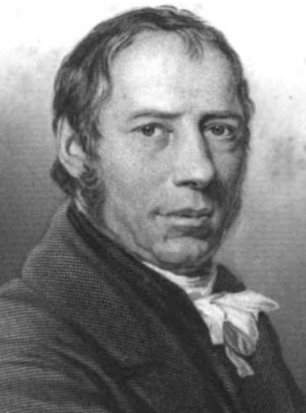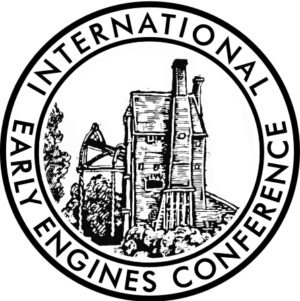
Notes & Queries: What were the earliest post-1800 steam engines in London?
Encouraging Early Engines Research
The Early Engines site is keen to encourage an open, collaborative community of researchers, sharing knowledge and information sources, to advance Early Engines Research. As part of this, a regular series of Notes & Queries for researcher queries will be added over time. Our first query (and note) comes from Dr John Kanefsky, who recently shared his extensive work on pre-1800 early engines in the form of the Early Engine Database. We relay his research query, and invite responses and comments below.
Request for information
Dr Kanefsky writes:
As part of a paper I am researching on steam engine building in London (one of the areas identified as meriting further study in my database) I am trying to pin down the earliest post-1800 steam engines in London (1801-05), when the market opened up following the expiry of Watt’s patent.
Post-1800 Engines
Boulton and Watt identified London as their best market post-patent; they had a strong presence there, a good reputation, and several strong advocates in the capital who were clearly less price-sensitive than elsewhere. As well as large conventional beam engines for docks, Boulton and Watt built several smaller sun and planet and crank ones for industrial users and small self-contained engines of the small side lever type for a range of customers. These can be enumerated from their records.
Trevithick connection
What I had not realised (since my earlier research has all been predicated on the cutoff of the end of 1800) was how many Trevithick high pressure engines were erected in the capital in those five years. Richard Trevithick clearly built up a strong business in small all-iron engines there, some of which were portable or semi-portable ones built in a frame, as well as in Cornwall, Shropshire, South Wales and elsewhere.

London calling – Trevithick in the capital
Francis Trevithick’s 1872 book on his father [see below] quotes letters stating that 12 of his engines were already at work in the capital by 1804 and Richard specifically said in a letter that interested parties could view them by calling on the engine builder David Watson in Blackfriars Road.
Does anyone have information on these engines or on Watson?
Research query – Dr John Kanefsky
p.132, Trevithick, F., Life of Richard Trevithick: With an Account of His Inventions, Volume 2, 1872 (courtesy Google Books)
David Watson
He was established as an engine builder in London as early as 1794, when he was described as a “Steam Engine and Pump Maker, near the Magdalen, Blackfriars-road” in Wakefield’s Directory. I have no record of him having a steam engine in his own works, though that seems highly likely.

Farey’s list of engines in London in 1804/5 in his Treatise on the Steam Engine (which I can demonstrate was nothing like the complete count he claimed) has several very small engines listed in various industries which were not B&W’s and cannot be otherwise identified and may well be Trevithick’s, or equally other conventional engines built by Watson and others.
Parallel with this, the period was clearly one in which engineering and machine tool technology was advancing rapidly, enabling small engines to be made cheaply and to a high standard of precision. Further, Trevithick was developing boiler technology rapidly, and manufacturers were beginning to realise the advantage of high pressure in compactness and fuel economy once they were persuaded to shake off the shackles of James Watt’s obsessive caution about high pressure steam.
Advice and comments welcomed! Dr John Kanefsky
Please get in touch:


